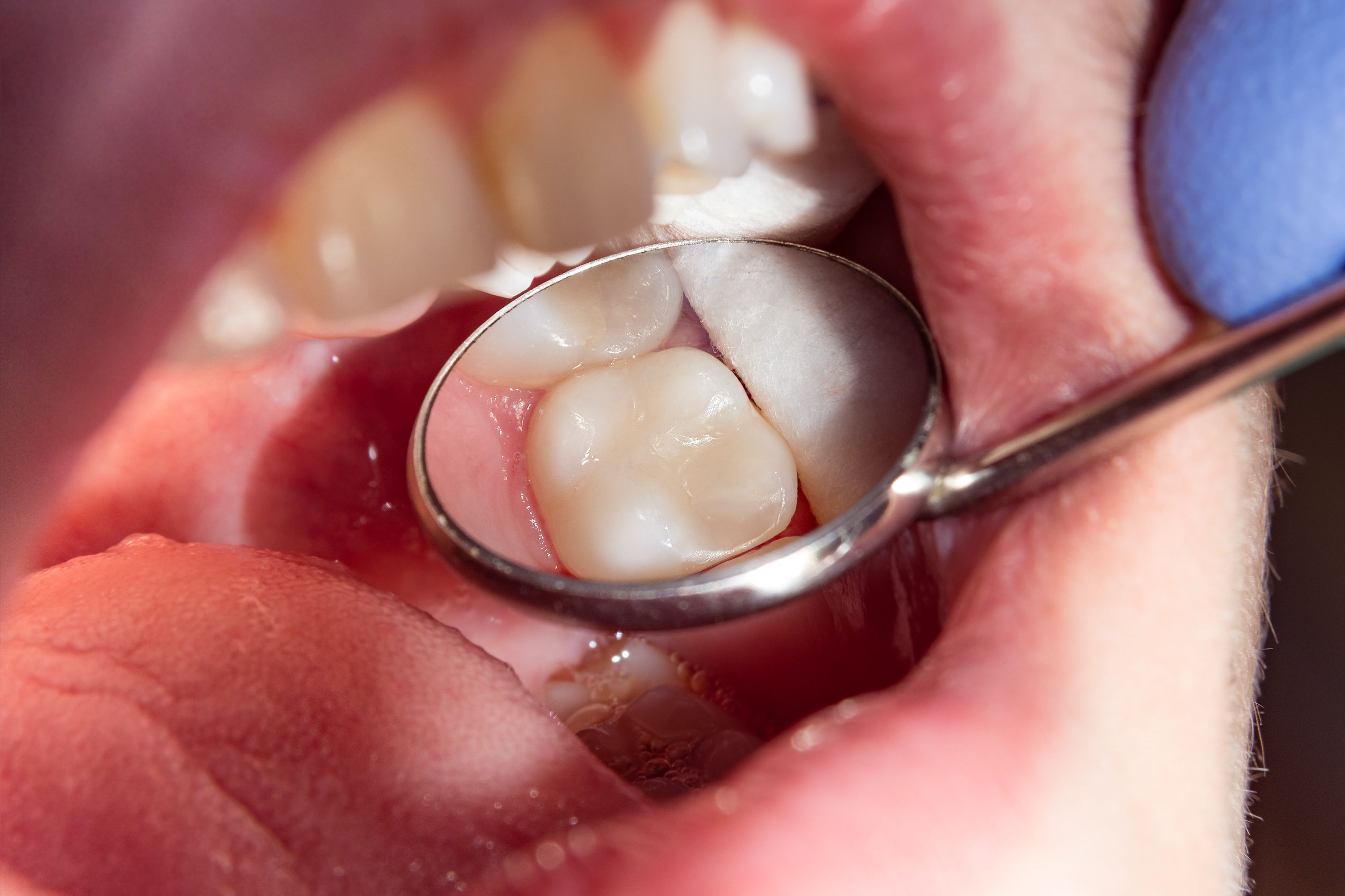Understanding the Causes and Signs of Damaged Fillings
 Cavities are the most prevalent form of dental damage. Although cavities are particularly common among children and seniors, patients can suffer from dental decay at any point in their life. Fortunately, dental fillings can repair the damage caused by a cavity and protect the teeth.
Cavities are the most prevalent form of dental damage. Although cavities are particularly common among children and seniors, patients can suffer from dental decay at any point in their life. Fortunately, dental fillings can repair the damage caused by a cavity and protect the teeth.
However, patients must understand that a dental filling is not meant to last forever. Patients should expect that their filling will need to be replaced eventually. Here, Dr. Everett E. Heringer goes over the causes and signs of damaged fillings so that his Bismarck, ND patients recognize when replacement is needed. By addressing a damaged filling in a timely manner, patients can avoid unnecessary dental problems.
What Causes Damage to Dental Fillings?
The tooth-colored dental fillings offered by Dr. Heringer are composed of strong and durable materials. Still, they are susceptible to damage from many of the same forces that threaten the structure of the teeth.
Over time, simple wear and tear will break down a dental filling. Under ideal circumstances, a dental filling should last for at least 10 years.
However, the following factors can cause dental fillings to damage prematurely:
- Hard, sticky foods: Foods like chips, corn nuts, and hard candies are fun to eat, but they can be especially rough on the teeth. As long as these foods are only eaten occasionally, they shouldn’t cause a problem. However, if a patient eats hard, sticky foods routinely, their dental fillings are likely to have a shorter lifespan.
- Using the teeth as tools: The teeth are meant to bite and break down food, not open bottles or chew on pen caps. When the teeth are used as tools, it places too much pressure on tooth enamel and any existing dental restorations, like fillings.
- Bruxism: Bruxism is a term that describes teeth grinding and clenching. This habit is often the result of stress or tooth misalignment. Unfortunately, bruxism can cause damage to the teeth, as well as any dental fillings that may be in place.
- Poor oral hygiene: Dental fillings cannot be damaged by bacteria the way that tooth enamel can. Sill, poor oral hygiene can lead to tooth decay in adjacent teeth or an infection in the gum tissues. Any of these oral health issues can lead to problems with dental fillings.
How Do I Know if a Filling is Damaged?
If a dental filling becomes damaged, the tooth is more vulnerable to decay and infection. To avoid complications such as these, the filling should be replaced as soon as possible.
But how does a patient know when a filling is damaged? Here are some of the most common signs that a filling has been compromised:
- Increased tooth sensitivity, particularly to hot and cold temperatures
- Sudden pain in the treated tooth
- Visible cracks or fissures
- A change in the way the tooth feels (for instance, feeling a hole or crack when you run your tongue over the tooth)
Any of these signs should be reported to Dr. Heringer as soon as possible so that the tooth can be examined and appropriate treatment can be scheduled.
Contact Us
If you suspect that a dental filling has been damaged, it is important to have the problem addressed right away. Contact us at your earliest convenience to learn more about dental filling replacement. Call (701) 255-4850 to set up an appointment with Dr. Everett E. Heringer.


